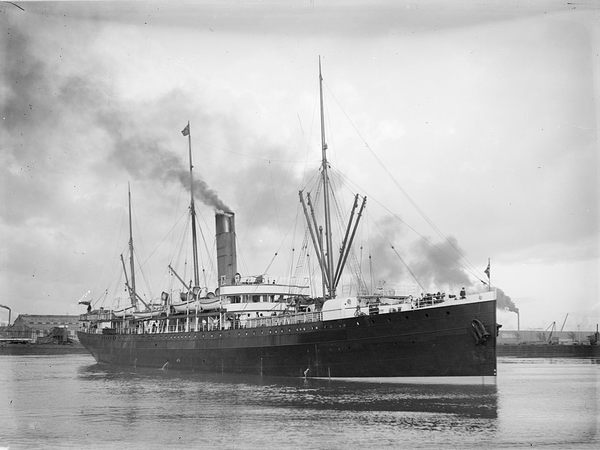Get the latest tech news
'Maya blue': The mystery dye recreated two centuries after it was lost
A ceramicist retraces his Maya roots to recreate a long-lost pre-Hispanic pigment that survived for over a millennium.
Luis May Ku places his blue-stained hand beneath a three-sided face mask, adorned with dried palm leaves and painted in Maya blue, that he sculpted [Mark Viales/Al Jazeera] In 1931, American archaeologist HE Merwin first found “a new pigment” on murals within the Temple of The Warriors at Chichen Itza. “The pigment has received considerable attention because of its peculiar nature as an organic-inorganic hybrid material, its characteristic palette, ranging from a bright turquoise to a dark greenish blue, and its enormous resistance to attack from acids, alkalis, organic reagents and biodeterioration,” says Maria Luisa Vazquez de Agredos-Pascual, a professor of art history at the University of Valencia, Spain. “Maya blue required an intricate method of manufacturing synthesis of various substances and elements, such as extracting dye from ch’oj before precipitating it onto special clay called palygorskite,” says Vazquez, who spent two years in Mexico completing a thesis on optimising electrochemical techniques to identify pre-Hispanic organic colourants, which focused on the indigo plant.
Or read this on Hacker News
